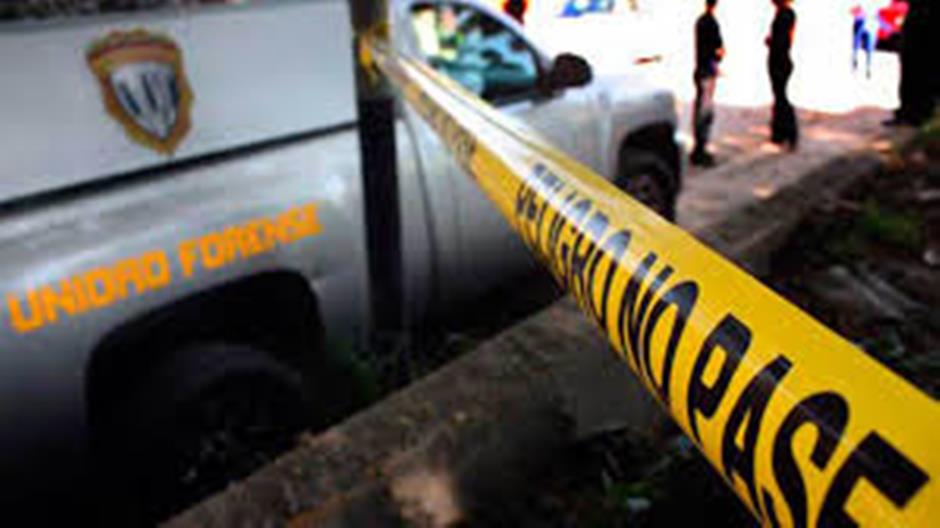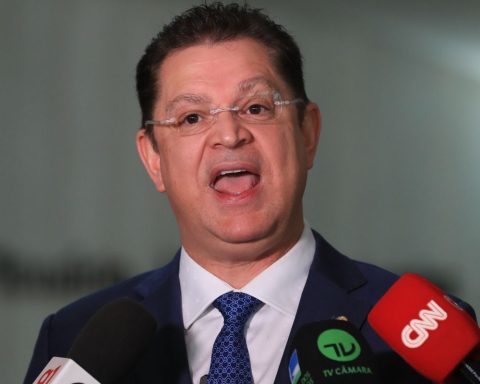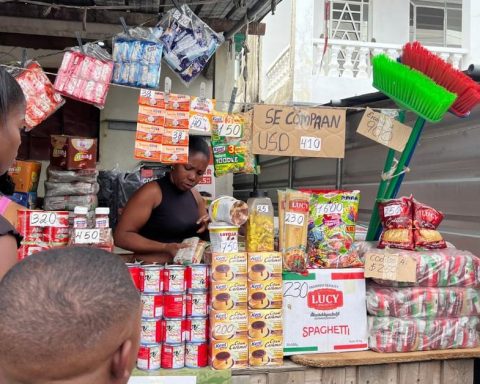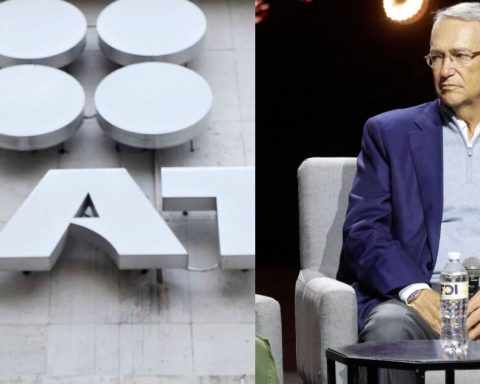The students of all the schools of the province of Buenos Aires will work the theme of the next World Cup in Qatar in all curricular subjects and they will be able to watch the games of the national team in schools or enter later or leave earlier to see them in their homes, as announced this Thursday by the director of Buenos Aires Education and Culture, Alberto Sileoni.
“The World Cup is an extraordinary event, with a cultural impact. The 1930 World Cup final was seen by 60,000 people, while the last World Cup was seen by 2 billion people, and the school has to be open to that terrible cultural impact,” he said. Sileoni presenting this Thursday at Escuela 124 in La Plata the microsite “Golazo. El Mundial en la Escuela” with activities about the World Cup to be carried out at all levels.
The head of the educational area remarked that “there will be classes normally in all the schools, but we will be able to arrive at school later when the National Team match starts at 7 in the morning or leave before the match that is played at 4 p.m. “.
“And they will always be able to watch the games at school if they have the possibility of transmitting them”he pointed.

The “Golazo, the World Cup at School” micrositeis a digital portal that can be accessed from this Friday, which will host educational materials and content so that teachers can work on the World Cup theme in all curricula at the initial, primary and secondary levels.
“The theme of the World Cup will cover all levels and will be under constant construction since we ask the schools to send us the strategies they are carrying out,” explained the Buenos Aires Director.
He insisted that “the importance and impact of the World Cup can no longer be discussed” and explained that there will also be a task with the public state channels Encuentro, Paka Paka and Deportv.
In Golazo you can find from this Friday various thematic axes to work in the classroom. Among them: the role of women in Argentine soccer; Memories and family rituals linked to the World Cup; Mathematics and soccer, where the numbers will appear in the number of goals, scores and jersey numbers; geography and history of Qatar, time zones and time difference, World Cups in English; art and football Habits and practices in terms of Comprehensive Sex Education.
They will also have conversations with personalities linked to sports. The first talk that will be available tomorrow will be an interview with Pablo Blanco, physical trainer for the Argentine National Team at the 2014 World Cup in Brazil.

As reported, talks with Pedro Troglio, a member of the Argentine national team at the 1990 World Cup in Italy, and with Viviana Vila, commentator for the 2018 World Cup in Russia, are scheduled to go up to Golazo.
Sileoni made these announcements at the 124 Primary School in La Plata, located on Calle 120 between 523 and 524 in the capital, an establishment that began working on the World Cup theme a month ago, which can be seen in its classrooms and in the Hall of Multiple Uses, where they posted the economic, political and sociocultural profile of each of the 32 countries that will compete in this World Cup starting on November 20.
“Tell the principal (Alberto Sileoni) what you’re wearing, Joel,” Mrs. Virginia from the first grade said to one of her students, dressed as an Arab sheikh.
“I’m an Arab king, and she’s the queen,” Joel said, pointing to his companion who was sitting behind her in a black burqa.
Before Sileoni’s smiling gaze, the lady taught the little ones about the characteristics of Saudi Arabia, the country with which the Argentine National Team will debut on November 22 at 7 in the morning.

In chorus, the boys and girls of the grade answered to the lady what was produced in Arabia or what were its animals considered sacred, and then the Arab “king” and “queen” began a dance, with a miniature saber included, to which then the rest of the compañeros and compañeras joined.
In their tour of other classrooms, the fifth graders told Sileoni that each grade of the school has a collective World Cup Album in which they paste little figures every day that they get from the director Miriam, depending on whether they have studied or behaved right.
-Let’s see, show me that album -said Sileoni, taking off her jacket and approaching the children’s tables.
-Here we are missing two to complete this selection -explained a child while showing the figurines, photocopied in color, like the real ones.
“They earn more packages for studying, and also for good behavior,” remarked the director, who with a mischievous smile and under her breath said that she printed the figurines of each team that will compete in the World Cup and thus put together the packages that her students receive. .


















